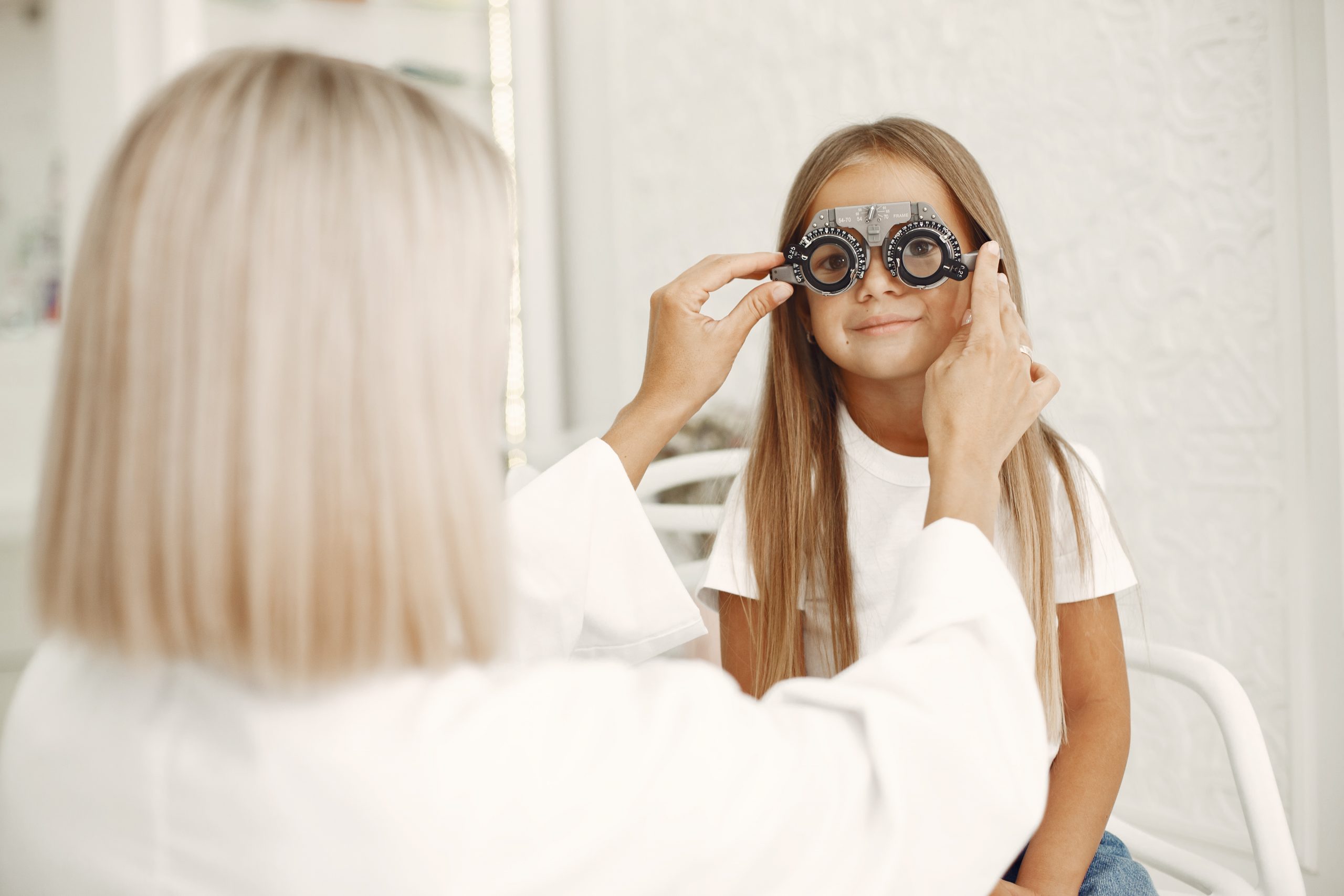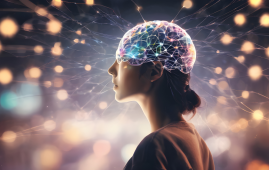

Amblyopia, also known as lazy eye, is a common vision condition in children and babies that are often treated by having the child wear a patch over the stronger eye in order to improve sight in the weaker eye.
A recent study suggests that treatments that demand both eyes to work simultaneously may aid in the recovery of patients suffering from amblyopia. According to University of Michigan professor Sara Aton, another study has demonstrated that well-timed sleep might help neuronal networks in the brain heal or rearrange themselves.
Aton’s lab examined the two research issues concurrently and discovered that visual stimuli supplied to both eyes, rather than the weaker eye alone, enabled mice with amblyopia to enjoy a more complete recovery of their visual function. To achieve even better results, the mice had to be permitted to sleep immediately following their enhanced visual experience. The team’s findings were published in the journal Communications Biology.
“The current standard practices for treating children, and possibly adults, with amblyopia may have room for improvement,” said Aton, associate professor of molecular, cellular, and developmental biology.” First, our findings suggest that patching therapy, which has been used routinely for several decades, may be inferior to more recently developed methods aimed at making the eyes work together.
“Second, it suggests that paying attention to the timing of children’s sleep with respect to this therapy, something that is easy to implement, may have an outsized benefit with regard to therapeutic potential.”
The researchers studied amblyopia in mice that had the same type of long-term loss of visual information processing as occurs in the brains of children with amblyopia. They next showed the mice richer visual stimuli, which were similar to human movies. The mice were either patched with the stronger eye closed, like in patching therapy, or permitted to keep both eyes open at the same time.
The researchers discovered that binocular visual stimulation (viewing with both eyes together) increased brain plasticity. Furthermore, they investigated the significance of sleep in this therapy. Some of these benefits were negated when the mice were permitted to sleep but had their sleep disrupted during the first few hours after the visual stimulation. Their findings show that patching therapy, which has been utilized for decades, may be inferior to more recently established ways of helping the eyes operate together. The research also implies that paying attention to the timing of children’s sleep in relation to this therapy, which is simple to execute, may have a significant therapeutic advantage.
“I hope this will open up new avenues for clinicians to try with their pediatric patients. Amblyopia affects a huge swath of the population, somewhere between maybe 1% and 6% of everyone,” Aton said. “Patching therapy has been the standard treatment for decades, but it was originally developed, in part, based on older, underpowered studies.
“Our technical capabilities for visual therapy have improved since then, as has our understanding of how sleep contributes to developing brain function. So hopefully with new data, we will see new data-driven treatment options for kids.”
more recommended stories
 How Soybean Oil Impacts Weight Gain and Metabolism
How Soybean Oil Impacts Weight Gain and MetabolismWhy Soybean Oil May Affect Metabolism.
 Coffee and Cognitive Function: Evidence Review
Coffee and Cognitive Function: Evidence ReviewA new narrative review in Cureus.
 Colorectal Cancer Screening Rates Low in Adults 45–49
Colorectal Cancer Screening Rates Low in Adults 45–49Recent UCLA research reveals that colorectal.
 Gut Immune Cells and Long-Lasting Antiviral Protection.
Gut Immune Cells and Long-Lasting Antiviral Protection.Breakthrough Findings on How Gut Immune.
 Mild Pancreatic Duct Dilatation Signals Higher Cancer Risk
Mild Pancreatic Duct Dilatation Signals Higher Cancer RiskEarly Structural Changes Offer Critical Clues.
 How the Uterus Senses Force During Labor: New Insights
How the Uterus Senses Force During Labor: New InsightsA new study published in Science.
 Fat-Free Mass and Brain Outcomes in Preterm Babies
Fat-Free Mass and Brain Outcomes in Preterm BabiesEarly Fat-Free Mass May Hold the.
 How Hormones Shape Dopamine-Driven Learning
How Hormones Shape Dopamine-Driven LearningNYU Study on Hormones and Cognitive.
 Protein Pair Guides Chromosome Alignment in Mitosis
Protein Pair Guides Chromosome Alignment in MitosisKey Points A joint research team.
 Intensive mind-body retreat rapidly alters brain function
Intensive mind-body retreat rapidly alters brain functionAn intensive mind-body retreat combining meditation,.

Leave a Comment